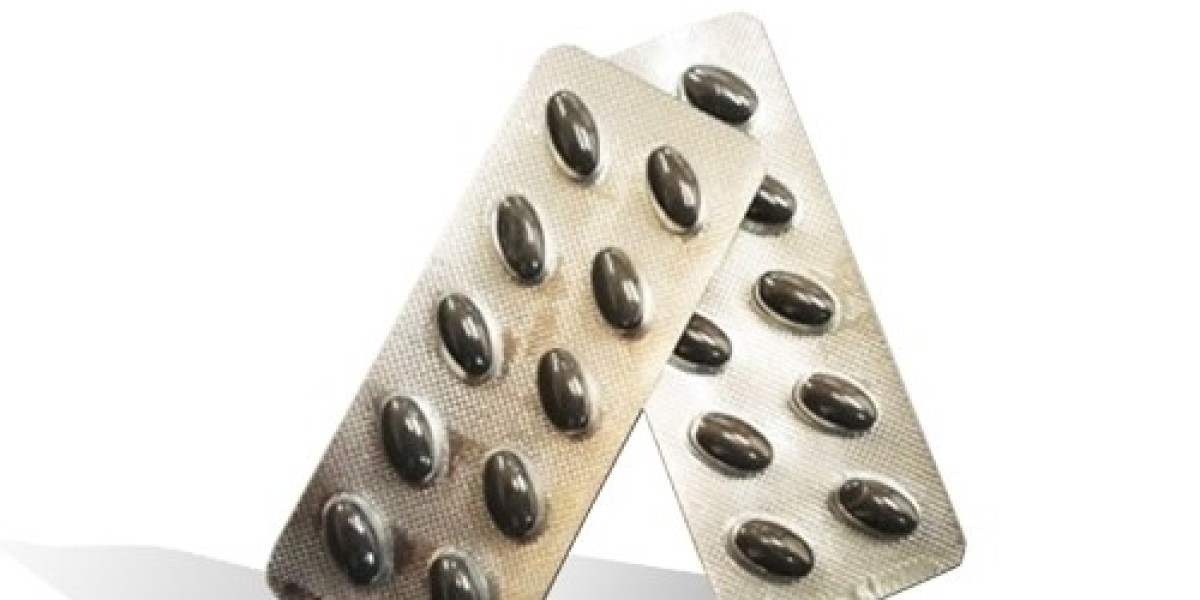In the world of modern farming, technology has become a game-changer. One of the most exciting innovations? Agricultural drones. These high-tech tools are transforming the way farmers manage their crops, predict yields, and apply treatments. Imagine being able to monitor your entire farm from the sky, gather real-time data, and make informed decisions on the spot. Sounds like something out of a sci-fi movie, right? But it’s happening right now, and companies like Dhaksha Drones are leading the way.
What Are Agricultural Drones?
Agricultural drones are unmanned aerial vehicles (UAVs) that are specifically designed to monitor and manage farming operations. These drones are equipped with high-tech sensors, cameras, and spraying systems that help farmers gather data on crop health, soil conditions, and even predict harvest yields. Essentially, they’re like having a bird’s-eye view of your crops—allowing you to spot issues early and take action before they become big problems.
How Do Agricultural Drones Affect Yield Prediction?
Yield prediction has traditionally been a bit of a guessing game. Farmers had to rely on experience, weather forecasts, and manual inspections to predict how well their crops would do. But with the introduction of drones, things are becoming much more accurate.
For instance, drones like the DH-AG-H1, DH-AGRIGATOR-E10, and DH-AGRIGATOR-E10 Plus from Dhaksha Drones are equipped with advanced sensors that can capture high-resolution images of crops. These images are then analyzed using artificial intelligence (AI) and machine learning algorithms, which provide precise data on crop health and growth patterns. By examining the growth rate and identifying potential issues like disease or pests, drones help farmers predict the yield with much more accuracy.
But it doesn’t stop there. Drones can also monitor the effects of weather conditions and irrigation practices on crop performance. This means that farmers can make more informed decisions about when to plant, irrigate, and harvest—maximizing their yield while minimizing waste.
Drone Technology for Precision Crop Management
One of the biggest challenges for farmers is managing their crops efficiently. Too much fertilizer or pesticide can harm the environment, while too little can lead to poor crop performance. This is where agricultural drones really shine.
Take, for example, the DH-AGRIGATOR-E10, a smaller yet powerful drone with high-precision spraying systems. It allows farmers to apply nutrients and crop protection chemicals exactly where they’re needed—reducing the amount of chemicals used and ensuring that crops get just the right amount of care. This drone is perfect for precision farming, where every drop counts. It can fly over a field, spraying chemicals with pinpoint accuracy, ensuring that crops receive optimal care without waste. This not only improves yield but also reduces environmental impact.
Another example is the DH-AG-H1, a medium-sized drone powered by a hybrid engine that combines the power of both a battery and an internal combustion engine. With its large spray tank and long endurance, this drone is capable of covering larger areas, ensuring that crops are well-protected and well-nourished throughout the growing season. By using these drones, farmers can manage vast fields with ease, saving time and labor while improving crop health.
How Drones Improve Crop Monitoring and Health Assessment
Farmers often struggle with spotting issues like pest infestations, diseases, or nutrient deficiencies until it’s too late. Drones, however, can fly over crops regularly, collecting valuable data that can identify potential problems early on.
For example, drones are equipped with infrared sensors that detect heat signatures from plants, which can reveal whether they’re stressed or undernourished. The DH-AGRIGATOR-E10 Plus is a powerful medium-sized drone that can capture images at various altitudes and provide detailed reports on crop health. By spotting problems early, farmers can take corrective measures before they lead to significant losses.
This constant monitoring helps in precise crop management—ensuring that nutrients, water, and protection treatments are applied exactly when and where they’re needed. In the end, this leads to healthier crops, better yields, and less waste.
Survey and Mapping: The Future of Precision Agriculture
Agricultural drones aren’t just great for monitoring crops; they also play a key role in surveying and mapping large farms. Drones like the DH-Q4 from Dhaksha Drones are small, lightweight, and equipped with powerful cameras and sensors for mapping and surveying. They fly over fields, creating detailed maps of crop layouts, soil conditions, and terrain features.
This kind of data is invaluable for farmers looking to optimize their operations. With these maps, farmers can better plan irrigation systems, fertilization schedules, and pest control efforts. It’s a level of precision that was once unimaginable, allowing farmers to manage their resources more effectively and boost productivity.
The Future of Agricultural Drones: What’s Next?
We’re only scratching the surface of what agricultural drones can do. In the future, we can expect even more advanced drones that can handle a wider variety of tasks, from planting seeds to monitoring crop genetics.
What’s exciting is that the technology is evolving rapidly. As AI and machine learning continue to improve, drones will become even more intelligent, capable of making real-time decisions and offering even more accurate predictions.
With companies like Dhaksha Drones leading the way in innovation, the future of agriculture is looking brighter than ever. Whether it’s predicting yields with precision, managing crops with minimal resources, or surveying vast fields with ease, drones are truly changing the game.
Conclusion: A Bright Future for Agriculture
So, what do you think? Are agricultural drones the future of farming? With their ability to predict yields, manage crops with precision, and reduce waste, it’s clear that drones are helping farmers boost their productivity while also making farming more sustainable.
As drone technology continues to advance, there’s no telling how much more we’ll be able to do with them. One thing’s for sure: agriculture will never be the same again. It’s an exciting time for farmers, and companies like Dhaksha Drones are helping lead the way into this new era of precision farming. Ready to take your farm to the next level? The sky’s the limit with agricultural drones!



